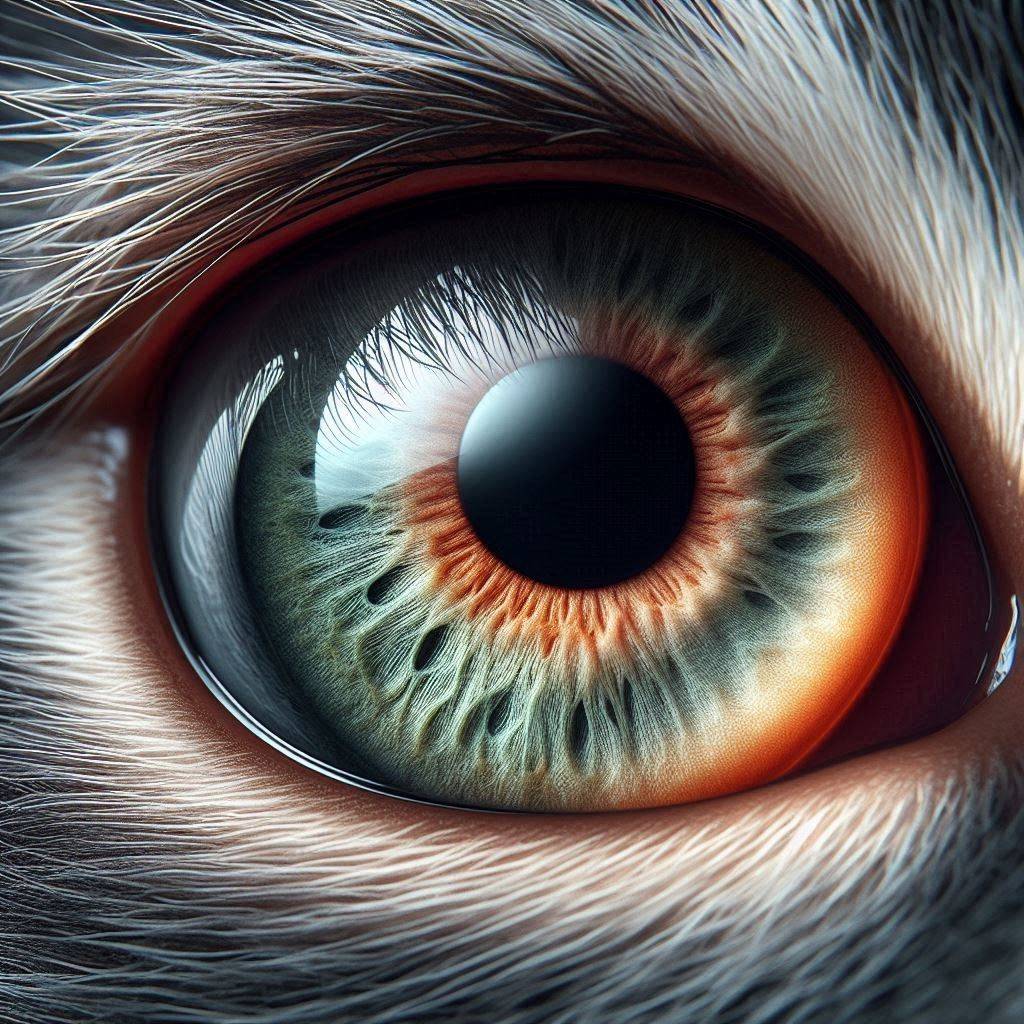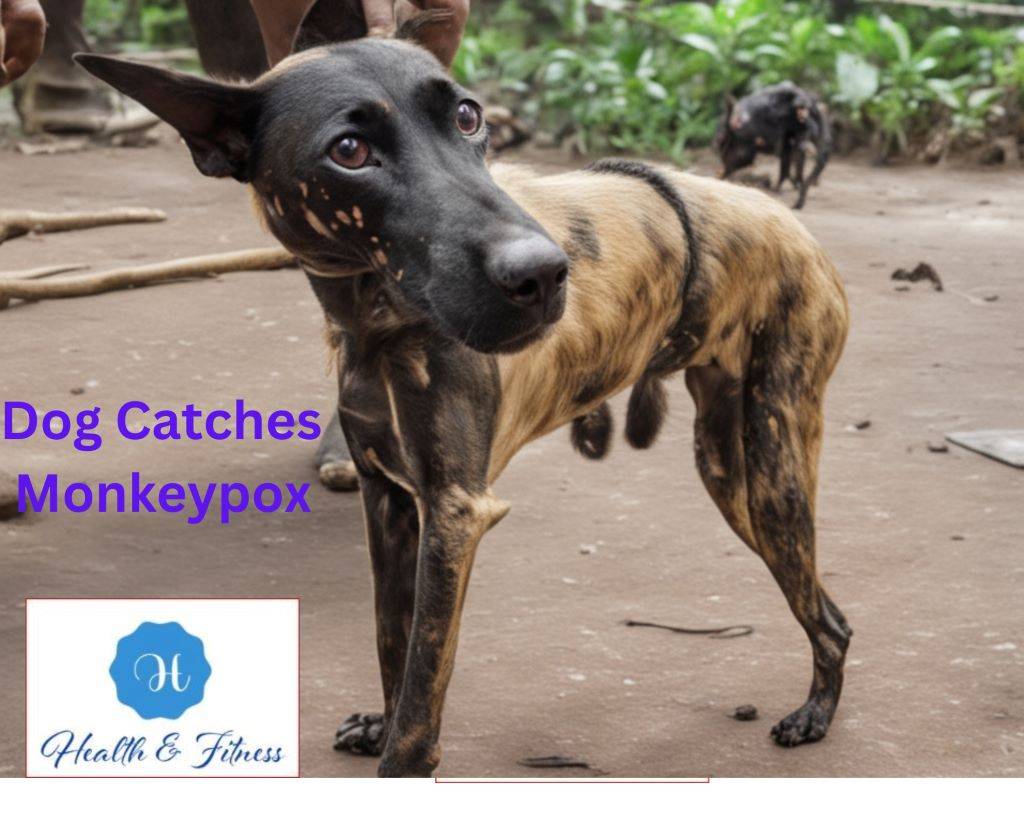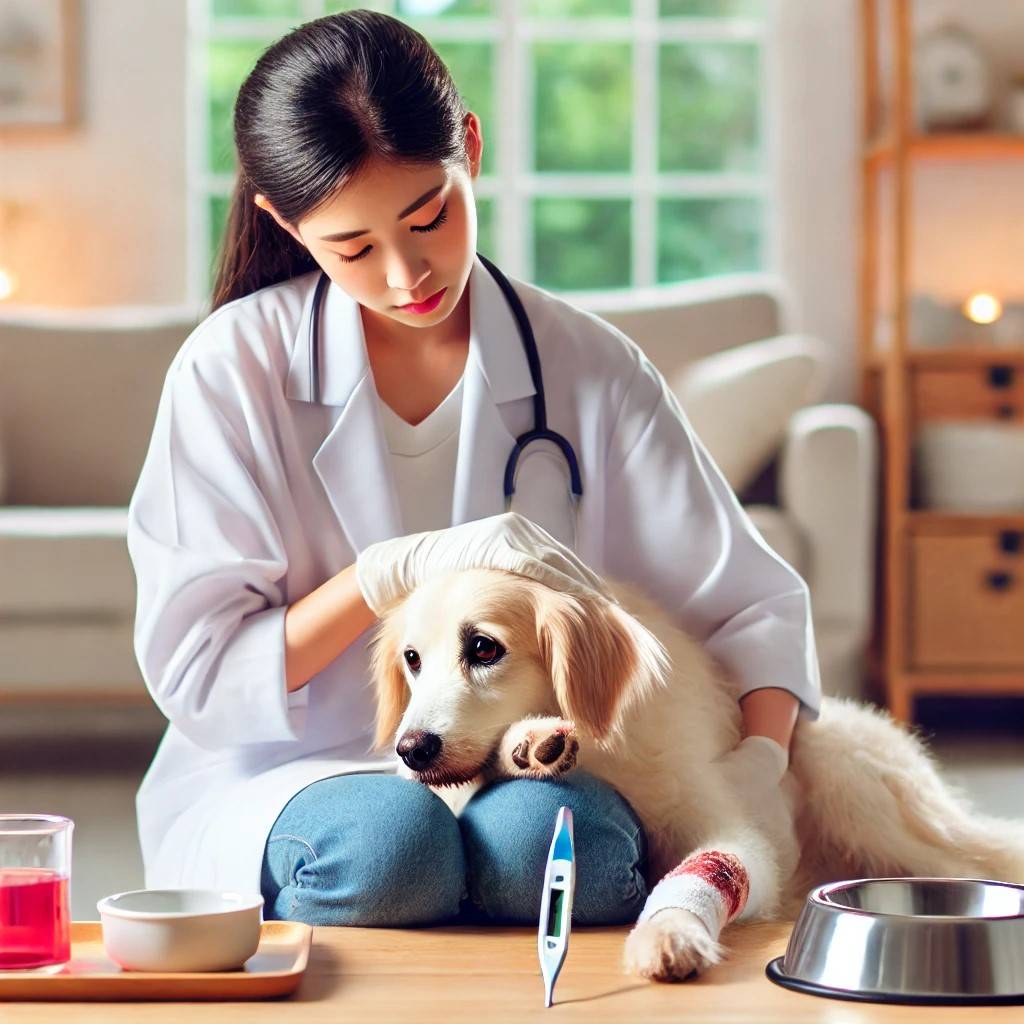Cat Eye Health Symptoms: Protect Your Feline Friend’s Vision
Discover crucial cat eye health symptoms to protect your feline’s vision. Learn to warn signs, prevention tips, and when to seek veterinary care for your cat’s eyes.
Quick Guide: Recognizing Cat Eye Health Symptoms
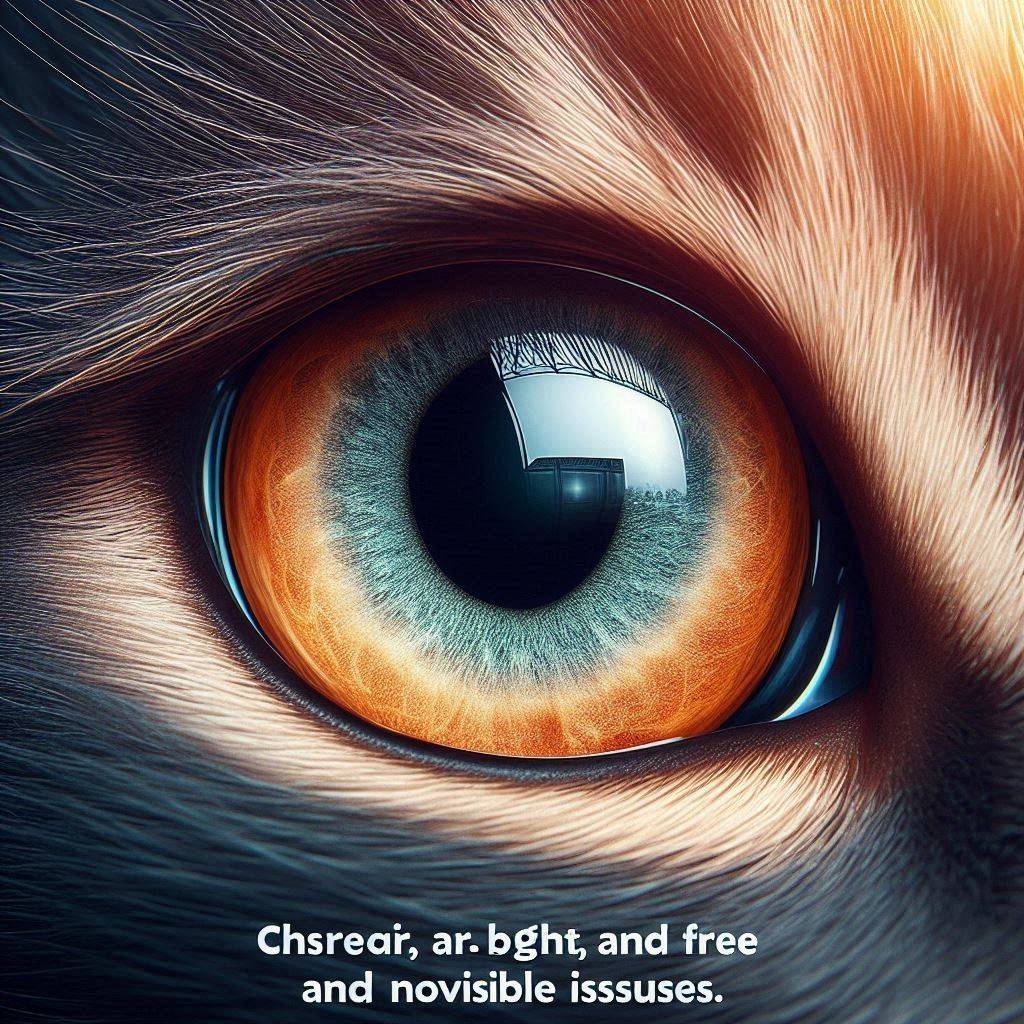
- Check your cat’s eyes daily for redness, cloudiness, or discharge
- Watch for squinting, excessive blinking, or pawing at eyes
- Sudden changes in pupil size or eye colour warrant immediate vet attention
- Regular vet check-ups are crucial for early detection of eye problems
- Cat eye health symptoms can indicate broader health issues – don’t ignore them
Introduction: Why Understanding Cat Eye Health Symptoms is Crucial
As a long-time cat owner and enthusiast, I’ve learned that our feline friends’ eyes are not just windows to their souls, but also their overall health. Recognizing cat eye health symptoms early can make all the difference in preserving your pet’s vision and quality of life. In this comprehensive guide, we’ll dive deep into the signs of eye problems in cats, explore prevention strategies, and discuss when to seek veterinary care.
Common Cat Eye Health Symptoms to Watch For
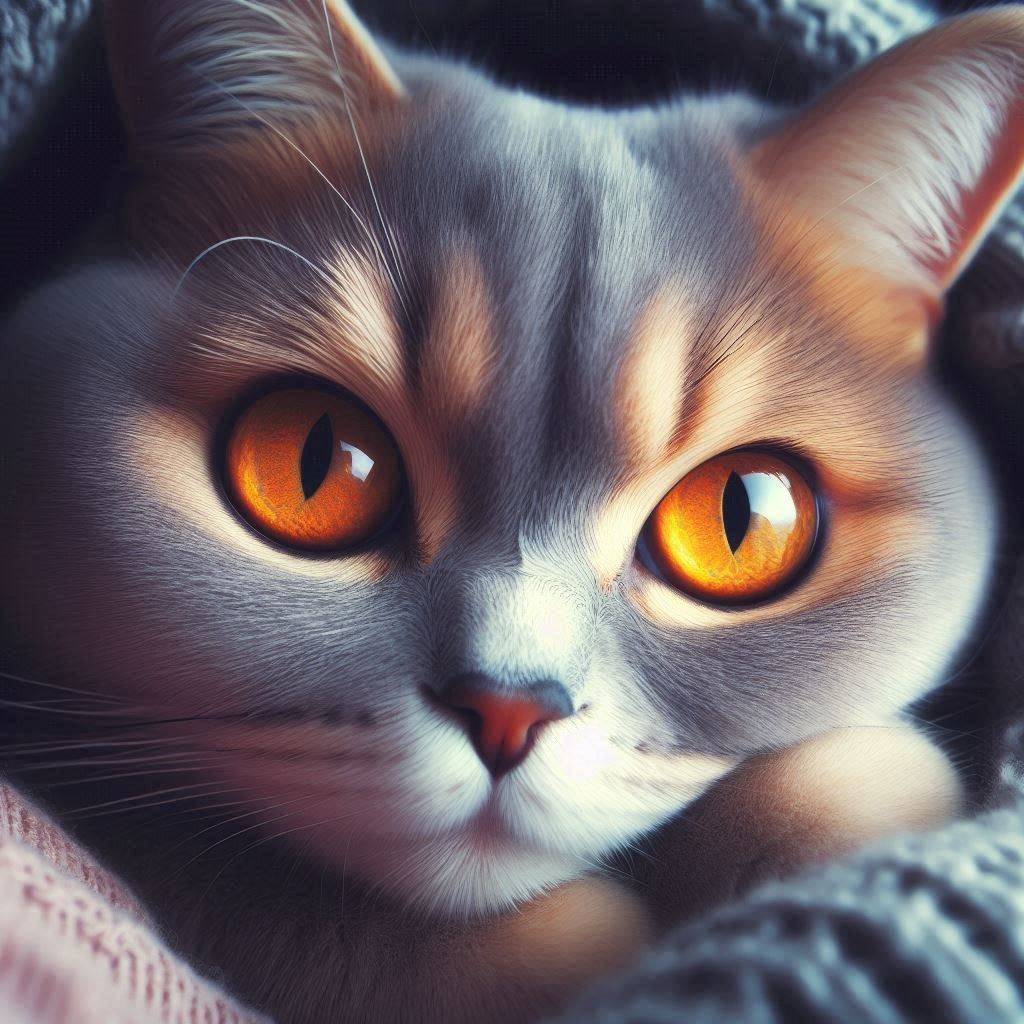
Understanding cat eye health symptoms is the first step in ensuring your feline friend’s ocular well-being. Here’s an in-depth look at the signs you should never ignore:
- Excessive tearing or discharge
- Clear discharge may indicate allergies or a blocked tear duct
- Yellow or green discharge often signals infection
- Crusty build-up around the eyes can indicate chronic issues
- Redness or inflammation
- Bloodshot eyes can indicate irritation or more serious conditions
- Swollen eyelids might suggest allergies, infections, or even tumours
- Redness around the eye area could be a sign of conjunctivitis
- Cloudiness or change in eye color
- A bluish haze over the eye could signal corneal issues
- A cloudy appearance might indicate cataracts
- Sudden colour changes can be a symptom of uveitis or glaucoma
- Third eyelid visibility
- If the third eyelid (nictitating membrane) is constantly visible, it may indicate an underlying issue
- A protruding third eyelid could suggest dehydration or illness
- Squinting or excessive blinking
- Often a sign of pain or discomfort
- This could indicate corneal injuries or foreign objects in the eye
- Might be accompanied by pawing at the eye
- Unequal pupil sizes (anisocoria)
- This could be a sign of neurological issues
- This may indicate trauma to one eye
- Sometimes a symptom of the feline leukemia virus (FeLV)
- Pawing at the eye.
- This may indicate irritation or discomfort
- Could be a response to a foreign object in the eye
- Frequent pawing can lead to further injury
- Changes in iris colour
- Gradual changes might be normal aging
- Sudden changes could indicate inflammation or other serious conditions
- Bulging or sunken eyes
- Bulging eyes (exophthalmos) can indicate tumours or abscesses
- Sunken eyes often suggest dehydration or weight loss
Understanding the Causes Behind Cat Eye Health Symptoms
Cat eye health symptoms can stem from various causes, ranging from minor irritations to serious systemic diseases. Let’s explore some common culprits:
- Conjunctivitis (Pink Eye)
- Causes: Viral infections (e.g., feline herpesvirus), bacterial infections, allergies
- Symptoms: Redness, swelling, discharge (clear to yellowish)
- Treatment: Depends on cause; may include antibiotics, antivirals, or allergy medications
- Corneal Ulcers
- Causes: Trauma, infection, chemical burns
- Symptoms: Pain, squinting, excessive tearing, cloudy cornea
- Treatment: Antibiotics, pain management; severe cases may require surgery
- Glaucoma
- Causes: Increased intraocular pressure, often because of inadequate fluid drainage
- Symptoms: Eye enlargement, cloudy cornea, dilated pupil, vision loss
- Treatment: Medication to reduce pressure in severe cases may require surgery
- Cataracts
- Causes: Age, diabetes, trauma, genetic predisposition
- Symptoms: Cloudy lens, vision impairment
- Treatment: Surgery in severe cases; management of underlying conditions
- Uveitis
- Causes: Autoimmune diseases, infections, trauma
- Symptoms: Red eye, changes in iris colour, squinting, tearing
- Treatment: Anti-inflammatory medications treatment of the underlying cause
- Retinal Detachment
- Causes: Trauma, high blood pressure, tumours
- Symptoms: Sudden vision loss, dilated pupils
- Treatment: Surgery in some cases; management of underlying conditions
- Feline Herpesvirus (FHV-1)
- Causes: Highly contagious viral infection
- Symptoms: Conjunctivitis, corneal ulcers, excessive tearing
- Treatment: Supportive care, antiviral medications in severe cases
- Entropion
- Causes: Genetic predisposition in some breeds
- Symptoms: Inward-turning eyelids, tearing, squinting
- Treatment: Surgical correction
- Eosinophilic Keratitis
- Causes: Immune-mediated condition, possibly triggered by FHV-1
- Symptoms: Pink/white plaques on the cornea, tearing, squinting
- Treatment: Topical steroids, immunosuppressants
Preventive Care: Safeguarding Against Cat Eye Health Symptoms
As a responsible cat owner, I’ve found that prevention is key to maintaining good eye health. Here are some strategies I used to minimize cat eye health symptoms:
- Regular eye examinations
- Schedule routine vet check-ups, at least annually for young cats and semi-annually for seniors
- Allows for early detection of potential issues before they become serious
- Familiarize yourself with your cat’s normal eye appearance
- Proper nutrition
- Feed a balanced diet rich in vitamins A and E, which are crucial for eye health
- Consider omega-3 fatty acid supplements (consult your vet first) to support overall eye health
- Ensure fresh water is always available to prevent dehydration
- Environmental safety
- Keep chemicals and irritants safely stored away from your cat
- Trim plants that I think will poke or scratch your cat’s eyes
- Provide scratching posts to discourage furniture scratching, which can lead to eye injuries
- Use cat-friendly cleaning products to minimize irritation
- Gentle cleaning
- Use a soft, damp cloth to gently wipe away eye debris
- Clean from the inner corner outward to prevent the spreading of potential infections
- Never use human eye drops or medications without veterinary approval
- For long-haired breeds, keep the fur around the eyes trimmed
- Stress reduction
- Minimize stressors in your cat’s environment
- Provide hiding spots and vertical spaces for your cat to retreat to
- Maintain a consistent routine for feeding and playtime
- Use feline pheromone products to create a calming atmosphere
- Vaccination and parasite control
- Keep your cat up to date on vaccinations, especially for feline herpesvirus
- Use vet-recommended flea and worm treatments regularly
- Prevent exposure to stray or unfamiliar animals that may carry diseases
- Indoor living
- Consider keeping your cat indoors to reduce exposure to infections, traumas, and parasites
- If your cat goes outdoors, supervise their time or create a safe, enclosed outdoor space
- Ultraviolet (UV) protection
- Limit your cat’s exposure to direct sunlight, especially during peak hours
- Consider UV-blocking films for windows where your cat likes to sunbathe
When to Seek Veterinary Care for Cat Eye Health Symptoms
While some minor eye issues can be resolved on their own, others require prompt professional attention. In my years of cat ownership, I’ve learned it’s crucial to consult a vet if you notice:
- Persistent or worsening symptoms
- Sudden changes in eye appearance or behaviour
- Signs of pain or discomfort (e.g., excessive squinting, pawing at the eye)
- Any trauma to the eye area
- Loss of appetite or lethargy accompanying eye symptoms
- Visible foreign objects in the eye
- Sudden onset of excessive tearing or discharge
- Any changes in vision or responsiveness to visual stimuli
Remember, early intervention can prevent minor issues from becoming serious problems. When in doubt, always consult your veterinarian. It’s better to have a false alarm than to miss a sight-threatening condition.
Diagnostic Procedures for Cat Eye Health Symptoms
When you bring your cat to the vet for eye issues, they may perform several tests to diagnose the problem:
- Schirmer tear test: Measures tear production to diagnose dry eye
- Fluorescein stain: Detects corneal ulcers or scratches
- Tonometry: Measures intraocular pressure to check for glaucoma
- Ophthalmoscopy: Examines the internal structures of the eye
- Blood tests: Checks for underlying systemic diseases
Understanding these procedures can help you be better prepared for vet visits when dealing with cat eye health symptoms.
Treatment Options for Common Cat Eye Health Symptoms
Treatment for eye problems in cats varies depending on the underlying cause. Here are some common approaches:
- Topical medications: Eye drops or ointments for infections, inflammation, or dry eye
- Oral medications: Antibiotics, antivirals, or pain relievers for systemic conditions
- Surgery: For conditions like cataracts, glaucoma, or eyelid abnormalities
- Supportive care: Includes cleaning the eyes, applying warm compresses, and administering prescribed medications
Always follow your vet’s instructions carefully when treating cat eye health symptoms at home.
Living with a Visually Impaired Cat
If your cat develops chronic eye issues or vision loss, there are ways to help them adapt:
- Maintain a consistent environment layout
- Use scent markers to help them navigate
- Provide textured mats near food and litter areas
- Use sound-based toys for play and enrichment
- Speak to your cat when approaching to avoid startling them
FAQs: Cat Eye Health Symptoms
Q: What do unhealthy cat eyes look like?
A: Unhealthy cat eyes may appear red, swollen, or cloudy. You might notice discharge, tearing, or a visible third eyelid. The pupils may be uneven, or the cat might squint or blink excessively.
Q: How do you know if your cat’s eyes are sick?
A: Signs of eye problems in cats include redness, cloudiness, discharge, squinting, pawing at the eyes, visible third eyelids, or changes in pupil size or eye colour. Any sudden changes in your cat’s eyes or vision-related behaviour warrant attention.
Q: How can I tell if my cat’s eyesight is failing?
A: Signs of failing eyesight in cats include bumping into objects, hesitation when jumping, dilated pupils that don’t respond to light, cloudiness in the eyes, and behavioural changes like increased vocalization or clinginess.
Q: When to worry about a cat’s eye?
A: Worry about your cat’s eye if you notice persistent redness, cloudiness, discharge, squinting, or changes in pupil size or eye colour. Any sudden changes, signs of pain, or trauma to the eye area require immediate veterinary attention.
Conclusion: Vigilance is Key in Managing Cat Eye Health Symptoms
Cat eye health symptoms can be subtle, but staying vigilant can make all the difference in your feline friend’s quality of life. By understanding what to look for, taking preventive measures, and seeking prompt veterinary care when needed, you can help ensure your cat’s eyes remain healthy and bright for years to come.
Remember, your cat relies on you to be their advocate for health. Regular check-ups, a healthy lifestyle, and quick action when you notice any cat eye health symptoms are the best gifts you can give your feline companion.
Thank you for taking the time to read this comprehensive guide. Your dedication to understanding cat eye health symptoms reflects the love and care you have for your feline friend. Here’s to many years of bright, healthy eyes, and happy purrs!
Recommended Reading

